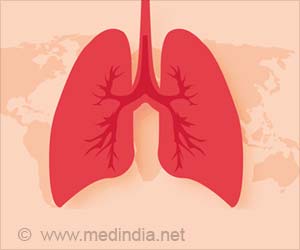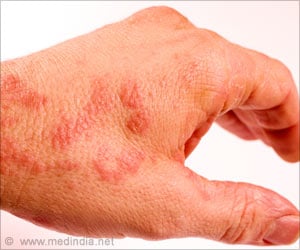- Papi A, Brightling C, Pedersen SE, Reddel HK. Asthma. Lancet. 2018; 391(10122): 783-800.
- Kogevinas M, Antó JM, Sunyer J, Tobias A, Kromhout H, Burney P. Occupational asthma in Europe and other industrialised areas: a population-based study. European Community Respiratory Health Survey Study Group. Lancet 1999; 353(9166):1750-4.
- Occupational Asthma - Medline Plus, US National Library of Medicine - (https://medlineplus.gov/ency/article/000110.htm)
- Occupational Asthma - Mayo Clinic - (https://www.mayoclinic.org/diseases-conditions/occupational-asthma/symptoms-causes/syc-20375772 )
- Asthma: Quick Relief Drugs - Medline Plus, US National Library of Medicine - (https://medlineplus.gov/ency/patientinstructions/000008.htm)
What is Occupational Asthma?
Occupational asthma (OA) is a type of asthma that occurs due to inhalation of various types of irritants, chemical fumes, dust, and other toxic substances at the workplace. The type of toxic insult varies with the occupation. People susceptible to allergies are more prone to suffer from OA. Management essentially involves avoiding the incriminating agent. Medical treatment is the same as for
Types of Occupational Asthma
OA can be categorized into two types – immunological and non-immunological:
- Immunological OA: This type of OA occurs due to an immunological reaction and is mediated by a type of antibody called immunoglobulin E (IgE). Immunological OA exhibits a latency period. It can be caused by both high molecular weight (HMW) and low molecular weight (LMW) agents.
- Non-immunological OA: This occurs due to acute toxic injury by single or multiple agents. It is characterized by a sudden onset, without any latency period and can give rise to a condition called Reactive Airways Dysfunction Syndrome (RADS). It is caused by toxic chemicals and other irritants.
Prevalence of Occupational Asthma
- Animal lab personnel: 8-12 percent
- Bakers: 7-9 percent
- Healthcare personnel: 1.4 percent
High Risk Occupations
The workers having the riskiest occupations and the corresponding agent(s) that they are exposed to are tabulated below:
| Occupation | Agent |
| Bakers, millers | Wheat flour |
| Animal handlers, animal lab personnel, veterinarians | Dander, fur, hair |
| Healthcare personnel | Natural rubber latex, drugs |
| Metal workers, welders | Chromium, nickel, platinum |
| Carpenters | Wood dust |
| Hairdressers, barbers | Hair dyes |
| Cooks | Milk / egg powder, fish (herring, crab) |
| Farmers | Insecticides, pesticides |
| Plastic / adhesive / foam / textile industry workers, spray painters | Chemicals |
| Laundry workers | Detergents |
| Window cleaners, road / chimney sweepers | Dust, dirt, smoke |









